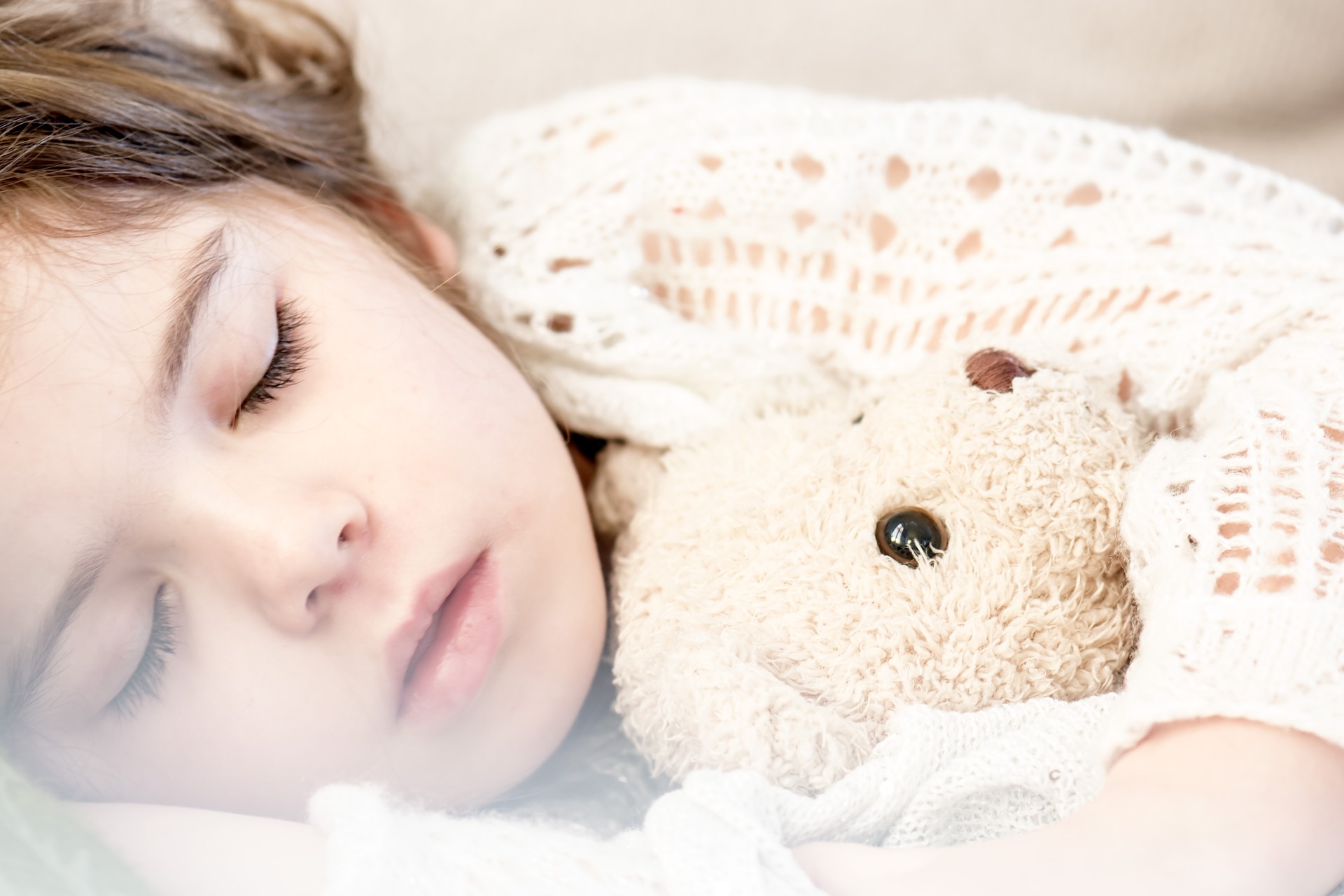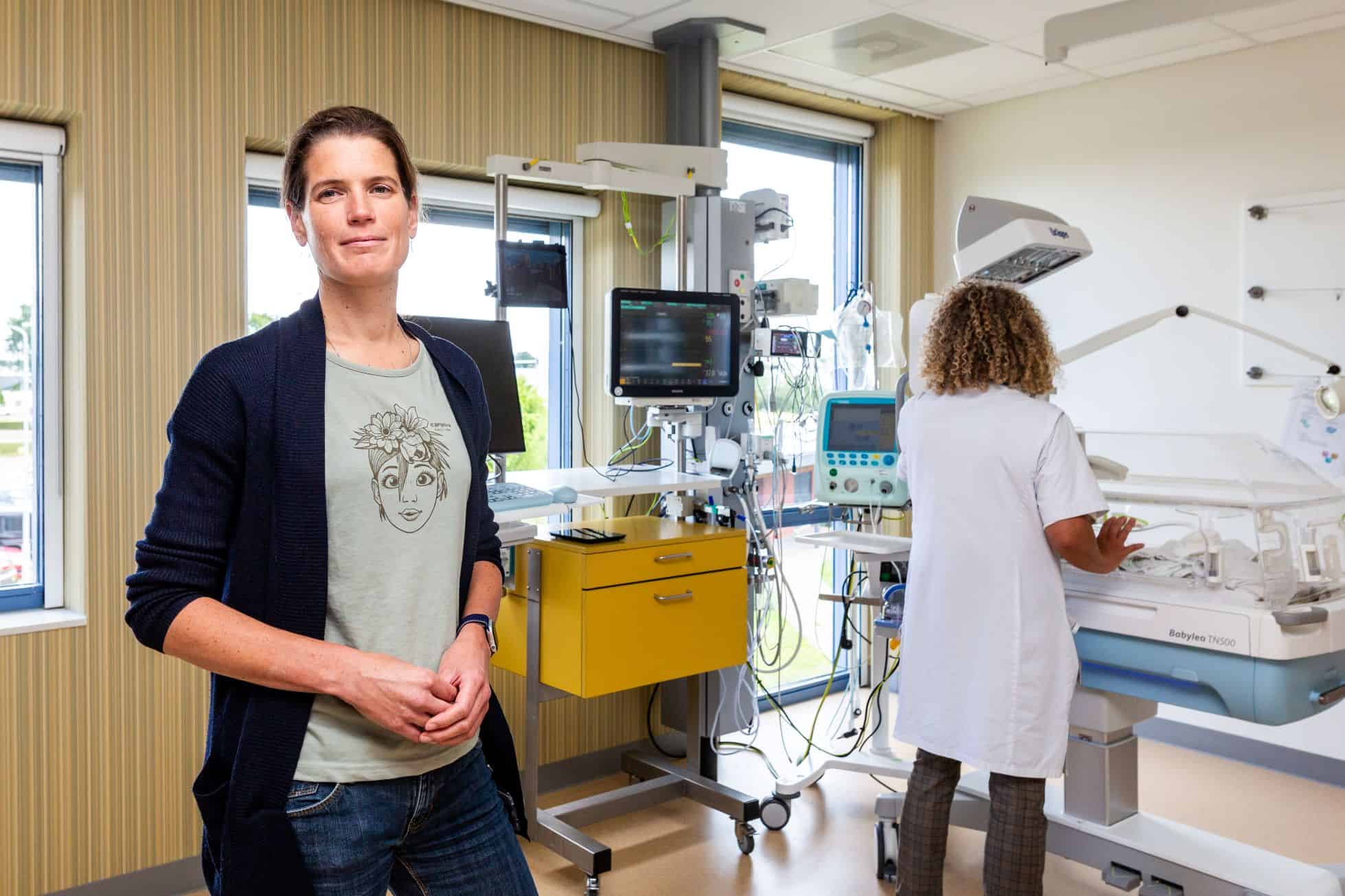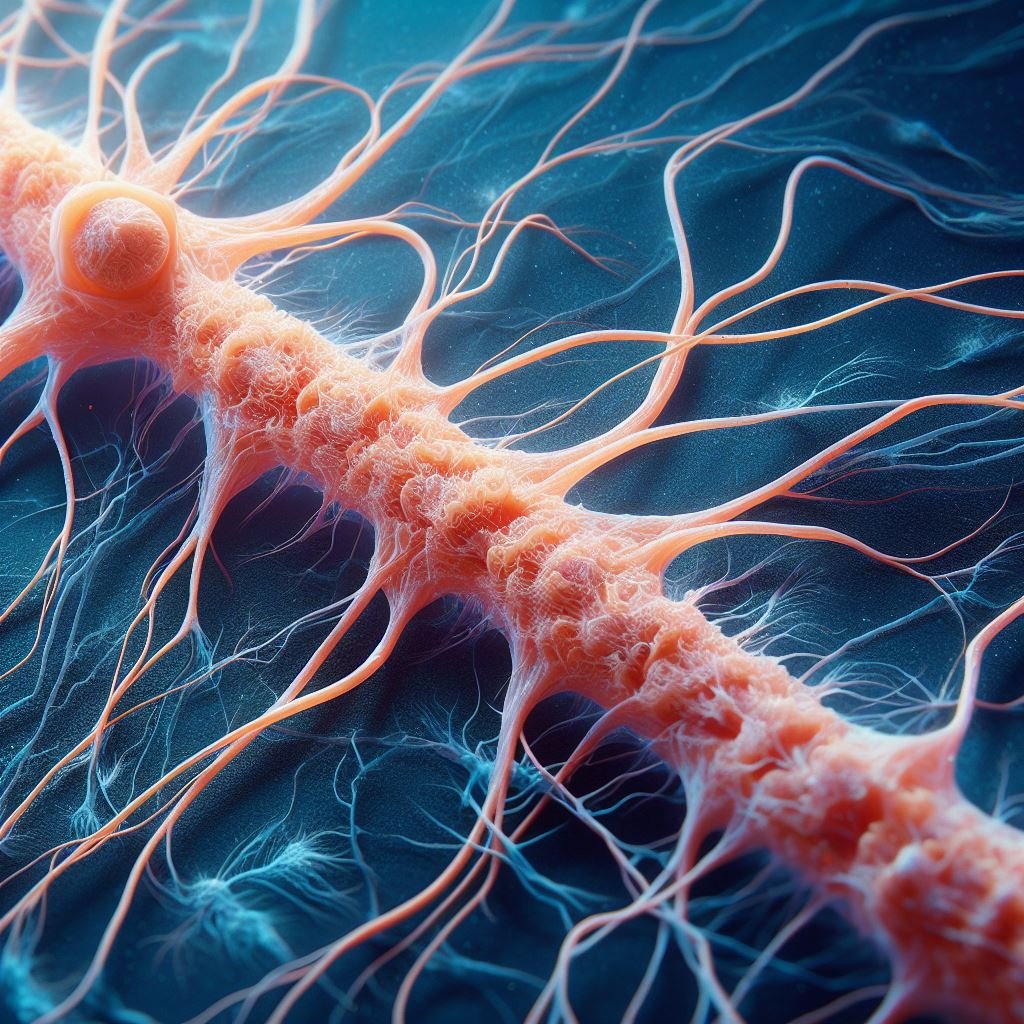
A human being needs eight hours of sleep. That this long-held statement doesn’t apply to everyone across the board has been known for quite some time. That’s because individual sleep needs vary from person to person. That’s also dependent on age. Children in particular need significantly more sleep as they are still growing and developing. Schoolchildren between the ages of 6 and 13 should sleep between nine and eleven hours. Adolescents up to the age of 17 – between eight and ten hours. Yet more and more children are suffering from a lack of sleep and sleep disorders. This not only leads to them being tired during the day and unable to perform well. In the long term it can also lead to health problems such as obesity, diabetes, cardiovascular diseases and depression.
Circadian rhythms and microRNAs
Researchers at the Consiglio Nazionale delle Ricerche (CNR) in Avellino (Italy), have now developed a simple blood test that reveals whether a child is not getting enough sleep. This is evident from the concentration of certain molecules in the blood. These are linked to the amount of sleep children and adolescents get. The so-called microRNAs show whether the sleep behavior “corresponds to the standard recommendations,” Giuseppe Iacomino and his colleagues explain.
In their study, results of which were published in the journal Experimental Physiology, the researchers examined 111 school-age children and adolescents from eight European countries. The subjects were all healthy and none were overweight, but their amount of sleep varied. So they were divided into two groups: short sleepers and normal sleepers. As criteria for selection, researchers used the scientific sleep recommendations of nine hours for children under 13 years of age. For adolescents aged 13 and over that figure was eight hours.
The researchers concentrated on microRNA levels in order to find out whether or not sufficient or insufficient sleep is reflected in the blood test results. They would play “an important role in the regulation of gene expression and can also influence circadian rhythms [i.e. 24-hour rhythm, ed.,] and sleep patterns,” the researchers said.

Covariants do not affect the result
The results from the blood tests showed that the study subjects who did not sleep enough had fewer microRNAs in their blood than normal sleepers. The discrepancies remained even after the researchers included factors such as differences in age or gender in their analysis. Iacomino and his colleagues emphasized that a simple blood test and measurement of microRNA concentrations therefore might in future be better able to show whether children sleep enough, instead of asking the children and their parents. Additionally, this could also provide information on how likely it is that children might develop health problems and diseases associated with sleep deprivation.
At the same time, the scientists also acknowledged that there were certain limitations to the study. First and foremost is that the correlation between microRNA concentration and sleep duration observed in normal sleepers – although statistically significant – should be interpreted very carefully. Lifestyle factors might possibly influence the results. But adding covariants to the statistical models has not had any effect on the correlation with sleep duration. This total sleep duration was determined using self-submitted questionnaires, which could also lead to estimation errors and inaccuracies.
The findings of the Italian scientists are of particular relevance in light of a study by the University of Uppsala (Sweden). Researchers there found that even just a single sleepless night – not only in older people, but also in young adults – leads to an elevation in tau protein levels. Deposits of this protein in the brain are a key feature of Alzheimer’s and other neurodegenerative diseases.








